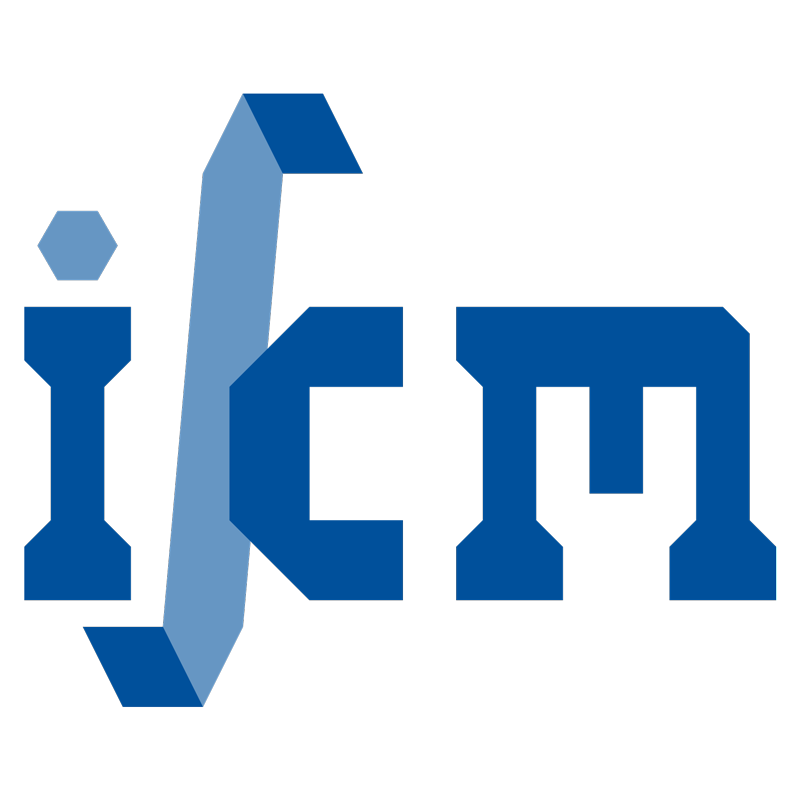Comparison of two pore sizes of LAE442 scaffolds and their effect on degradation and osseointegration behavior in the rabbit model
- authored by
- Julia Augustin, Franziska Feichtner, Anja Christina Waselau, Stefan Julmi, Christian Klose, Peter Wriggers, Hans Jürgen Maier, Andrea Meyer-Lindenberg
- Abstract
The magnesium alloy LAE442 emerged as a possible bioresorbable bone substitute over a decade ago. In the present study, using the investment casting process, scaffolds of the Magnesium (Mg) alloy LAE442 with two different and defined pore sizes, which had on average a diameter of 400 μm (p400) and 500 μm (p500), were investigated to evaluate degradation and osseointegration in comparison to a ß-TCP control group. Open-pored scaffolds were implanted in both greater trochanter of rabbits. Ten scaffolds per time group (6, 12, 24, and 36 weeks) and type were analyzed by clinical, radiographic and μ-CT examinations (2D and 3D). None of the scaffolds caused adverse reactions. LAE442 p400 and p500 developed moderate gas accumulation due to the Mg associated in vivo corrosion, which decreased from week 20 for both pore sizes. After 36 weeks, p400 and p500 showed volume decreases of 15.9 and 11.1%, respectively, with homogeneous degradation, whereas ß-TCP lost 74.6% of its initial volume. Compared to p400, osseointegration for p500 was significantly better at week 2 postsurgery due to more frequent bone-scaffold contacts, higher number of trabeculae and higher bone volume in the surrounding area. No further significant differences between the two pore sizes became apparent. However, p500 was close to the values of ß-TCP in terms of bone volume and trabecular number in the scaffold environment, suggesting better osseointegration for the larger pore size.
- Organisation(s)
-
Institute of Materials Science
Institute of Continuum Mechanics
- External Organisation(s)
-
Ludwig-Maximilians-Universität München (LMU)
- Type
- Article
- Journal
- Journal of Biomedical Materials Research - Part B Applied Biomaterials
- Volume
- 108
- Pages
- 2776-2788
- No. of pages
- 13
- ISSN
- 1552-4973
- Publication date
- 14.03.2020
- Publication status
- Published
- Peer reviewed
- Yes
- ASJC Scopus subject areas
- Biomaterials, Biomedical Engineering
- Electronic version(s)
-
https://doi.org/10.1002/jbm.b.34607 (Access:
Open)
-
Details in the research portal "Research@Leibniz University"


